-
Posts
826 -
Joined
-
Last visited
Content Type
Forums
Detector Prospector Home
Detector Database
Downloads
Posts posted by Skull diver
-
-
This is what happened today.
I started the session with D2 in a promising area.
About two hours and two medium-sized rings (both under 5 grams).
Tool change and back in the water with the Excalibur.
After two minutes I dig out the third snake-shaped ring, perhaps the thinnest and lightest of the three.
This is overwhelming evidence that a screen and an ID, can make a difference if they respond correctly to the object, but as long as you dig outside the range of interest, you lose useful time for other targets.
I fear I will soon have to fall back on yet another detector and the choice is really narrow.
-
I think it is possible to fix this behavior with an update.
I vaguely remember a few users noticing a difference in the past between the very early versions and 1.0.
It was a matter of a few coins however, rather than gold.
-
Logically, with a more compressed ID scale, I would justify more objects falling under the same numerical group.
That's the oddity on Deus2, just the final group that includes coins, leads of about 30 grams and above, and silver, includes 18K gold over 5 grams.
The funny thing? Approaching the coil to a stove I have in my shed, the steel of the cooktop sounds a perfect 80 exactly like that wedding ring.
The problem is that it is a mass the size of a washing machine.
I have no words.
-
2 hours ago, midalake said:
I think there are some people that would debate depth loss. On a 3030.
Certainly there are so many variables between setting and terrain that it is impossible to pit one tool against the other.
However, when I saw the distance from the coil at which the signal begins to manifest on the D2, I realized the potential effectiveness on low conductors.
Although air tests are worth as much as toilet paper, gold remains gold, and there are pieces that barely play stuck to the coil of the Ctx...
I use it, I keep it, but the occasions of erosion where it might make a difference are becoming increasingly rare.
-
I am still chagrined to this day, by the way newer, more advanced instruments have this "flaw."
A 2013 Ctx isolates damn well in 30 points a mass of gold objects of any shape and weight.
Unfortunately, the depth of detection is at least 20 percent less than a Deus2 or a Manticore.
I had a chance to test and film the Equinox 800 and after a week of creating promotional videos and instructions for use, I returned it to the dealer with no regrets.
Minelab buried the Ctx without releasing any updates and that was really bad.
Even today it is still being sold at the exact same price as the launch.I wonder why.
-
33 minutes ago, midalake said:
In my years of beach experience, regardless of detector the biggest thing I have learned is: Nothing is the same in salt and Black Sand. My policy is to remove everything that I think is nonferrous.
One cannot trust anything at depth to give you a correct number.
With the D2 myself I harvested a whopping 16g 14k white gold ring that blew my ears off with a 99.
Also to date, of all the detectors I have owned the D2 clearly throws numbers all over the place and is the most unreliable to group any kind of targets.
I remain with a bitter taste in my mouth, probably used to a totally different pattern as much as obsolete.
Perhaps that is what I do not tolerate in a newer instrument.
Every purchase represents an investment and improvement of one's equipment, but sometimes the comparison with old instruments is deleterious.
-
2 hours ago, F350Platinum said:
Here is a memorable one for me, a ~200 year old 14k ring I found in a field.
This piece is absolutely beautiful.
Knowing that it is two centuries old is even better!
I can't easily explain my thoughts about the ID allocation, but taking into account a more "compressed" Ctx on 50 maximum points, I would have thought Deus2 more accurate and effective in isolating low conductors, but instead I find them scattered everywhere between 35 and 80...I have no other way to explain how much I want a solution to this problem.
No doubt with the 9" coil the Deus2 outperforms the Ctx with the 11" coil in depth, but discrimination still remains to be improved and by a lot. -
2 hours ago, F350Platinum said:
I agree SD, it seems that gold rings may have always been a problem, and it may be because of the alloys used to strengthen it or enhance its beauty. Silver content probably is what pushes rings into a higher number range.
Here is a memorable one for me, a ~200 year old 14k ring I found in a field.
It was a 79. Our new 1 cent coins -well, new since 1983 - the ones we call "Zincolns" because they are mostly zinc with copper plating are notoriously in the high 70s. When one tires of finding so many of them it could definitely cost one a gold ring.
I totally understand your frustration when time is limited by life giving air, my time is mostly limited by when my wife wants me to get back from treasure hunting 🙄
This may be a problem with little solution.
Looking forward to any comments you have on the RCDIGS mount! I always read your posts.
I added a positive review on the mount, which finally made the instrument decent when I use it under the surface ...
-
I want to address this discussion without attacking any person at all, but take this opportunity to technically discuss my experience of research adopting the Deus2 on the seabed.
That being said, I have had a rare case of misleading target ID happen to me, and although I read everywhere among you detailed tests of gold pieces falling in the high end up to about 85 points, I want to explain my drawback.
The ring you observe in the photo, is an ordinary wedding ring that probably because of its thickness, responds with a solid 80.
Forgive my assertion, but this is damning, considering the multitude of coins and leads that fall within those figures.
While this is a rare case, which I might estimate on a scale of 1 to 10 as a 2, it means a significant loss of effectiveness in selecting signals worthy of excavation.
I am ready to receive any comment from those who dig any repeatable signal, but I want to remember my own difficulty during a dive session, when with zero visibility, freezing water and time running down for the air termination, this is a detriment.
My point is a subtle one that the so-called Pros will probably understand better, and by that I am not calling anyone stupid.
(Life has brought me to the condition of having to live more and more frequently with only the gold production I derive).
That said, the incredibly large scale where gold responds in the ID scale makes for an unproductive session, digging up too many potential high gold IDs.
I hope and wish that Xp would consider a future change in the distribution of low conductors on the ID scale and as much as I may be technically wrong, there are tools that prove otherwise although they may operate with different algorithms.
Feel free to say your thoughts on it, but that's the harsh truth.
-
I want to say a few words of praise about the RCdigs mount.
After at least six dives, I confirm the initial impressions of the solidity and ease of installation.
It was enough to take care of the hardware with petroleum jelly and the whole thing unscrews very easily in case of maintenance.
I should add that the antenna cable tunnel, in perfect position, allowed me to mount on the remote its clip avoiding the strange, tight end bend.
I finally use the D2 underwater without any worries.
-
2 hours ago, cuniagau said:
Nicely done. Safety first!!! It the triple ring a Trinity Ring? It appears from the photo that one ring is slightly rose, another is slightly white and the other to be yellow gold. It could just be the lighting also.
You're right.
Three colours ring
-
13 hours ago, Denny said:
wonder if he dug up any gold?
Hhmmm... Let's talk about what I see there...
Nice edge to hope for, but...Still high tide and strong backwash (the one you don't want to be caught in)...Inshore wind and absolutely no way to stay lower than that...I'd do the same, just without detector and walking to breath fresh air by the ocean🥰
-
In the common imagination, beach hunting is based on the first few feet of shoreline, sometimes at the top, sometimes at the edge of an eroded step, sometimes in flooded pools after a decent tide.
All of this in my area is out of the question and being forced to enter the water and totally submerge, today, after three sessions I summarize what I am observing.
On the first day, in a spot I hadn't been to in over 10 years, I pulled out a triple ring and amazingly not far from where I found a twin 10 years earlier.
Finally, the first piece of 2024🤔.
On the second day, a really thin ring, different spot, and really unusual water depth.
It all ends today, with the third session in the same spot as yesterday, but this time even deeper at about 5 meters and very far from the shore.
A man's wedding ring, after a century of other much thinner and lighter finds.
The outer sandbar may remain the final frontier.
Rarely, pits can open at such depths, and if they do, it is generally because of a play of currents with which one should not mess around.
I am considering a floating platform of the bodyboard kind, to be kept on the surface as a safety device for a return to shore or at least to have something to cling to effortlessly and return to shore with the help of the board and fins.
By the way, finally some shines.
-
12 hours ago, Voyager32 said:
I wish there was a product that locked the WS6 master to the shaft, mine has come off a few times, put a short leash on it but still its a poor design, has anyone found an aftermarket solution.
I will soon have to solve the same problem to use Ws6 with the jack adapter (I should buy the Ws4 mount).
The more I look at the original clip, the more I think of using a threaded rivet to fit inside the clip on the rod and a thin plate as a washer, to close with a flat head screw under the Ws6.
That way the clip attachment would just be to hold the whole thing in the correct position, but the real fastening would be at the screw
-
-
Although I could open a new post about it, I am adding a small modification that may be one less job in making the D2 suitable for underwater use.
I finally found the 25" antenna cable available.
In my setup, a hole in the rod and creating an internal coil with the excess length proves of little advantage, considering that the RCdigs mount sits on an additional adapter on the Anderson handle, I preferred to run the antenna cable from the mount to the coil on the outside.
All in all, with far fewer turns around the rod, I am just fine with this....
-
-
21 minutes ago, F350Platinum said:
anti-seize compound
I have tried several variations of silicone grease.
White, blue, stringy, PTFE, but I've only been using a trivial jar of Vaseline for years now 🤣
-
On 1/19/2024 at 3:43 AM, relicmeister said:
That looks like a nice one, got a link?
@F350PlatinumI found it again recently
-
On 1/15/2024 at 4:06 PM, F350Platinum said:
I'm thinking the RCDIGS mount is going to be a winner for the SCUBA folks, actually thought of you and @Skull diver, with either shaft you have.
Delivered right now in my hands...
I hope to try it in tomorrow morning session 🫧
-
First, I want to thank everyone for their technical input and explanations on this topic.
All of this, leads me to a perhaps silly conclusion and probably to state a theory that I come to late.
The widest spectrum of frequency variation obviously resides in the mono program.
As a consequence of this, it results in the most effective of programs in selecting a "clean channel."
Unfortunate point, is that in saline or humid environment, there are not the necessary filters for proper and stable use.
That said, mf modes are thus a balance of frequencies with which to deal with different combinations of terrain and are less effective in noise cancellation due to even the slightest collision of at least one of the waves involved with interference.
I am therefore with a dog biting its own tail in front of me in an attempt to isolate an ideal limiting frequency for dealing with saline underwater theoretically between 27 and 37 kHz...
-
On 1/12/2024 at 11:20 AM, Erik Oostra said:
Xterra Pro
I have to admit that this experiment was among the Christmas ideas but I convinced myself not to do it because soon, with 7 detectors I will have nothing but to throw away shabby batteries due to disuse.
-
5 hours ago, Sinclair said:
But I think now I get what you mean.. the Mono "masters" do not match the Max Freq. Settings in FMF
True.
And We can only take note of the frequency limit choosing 14/24/40 as the max setting.
-
4 minutes ago, Skull diver said:
, I think Shift 3 represents the selected "master" frequency.
I neglected to mention this aspect....
I must have forgotten the lowering of about 3 kHz on 0 and the raising of as many 3 kHz on 6.
According to this concept, on shift 3 you set the real maximum frequency of 14/24/40 kHz.
(The coupled low frequency still remains invisible in the setting.)

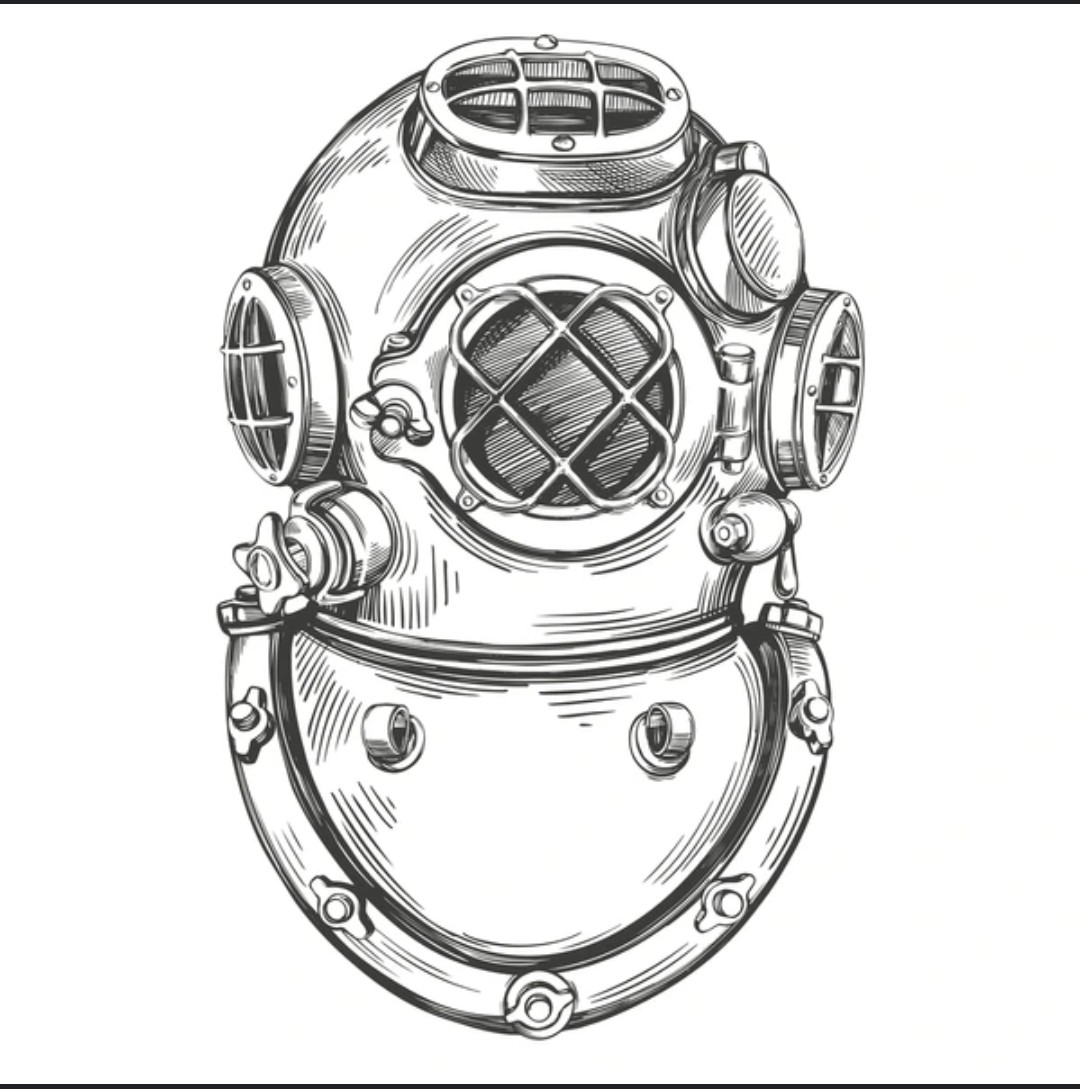

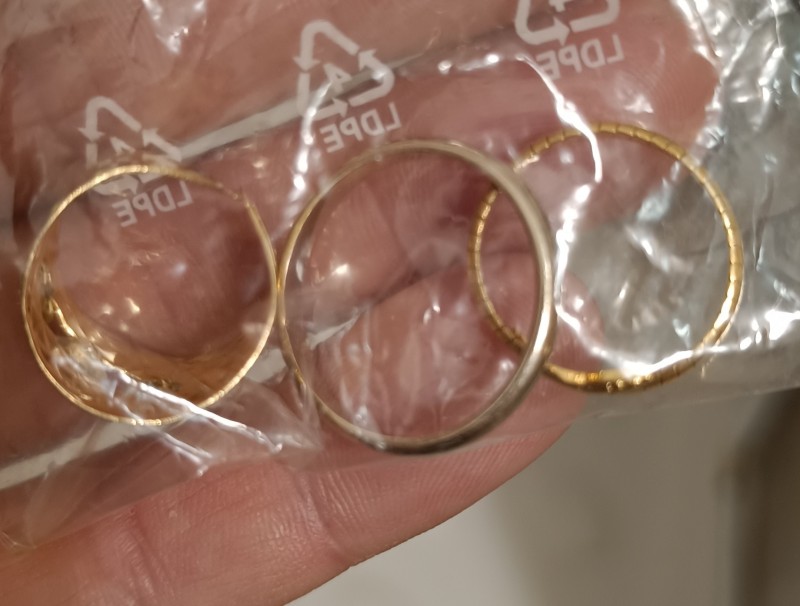
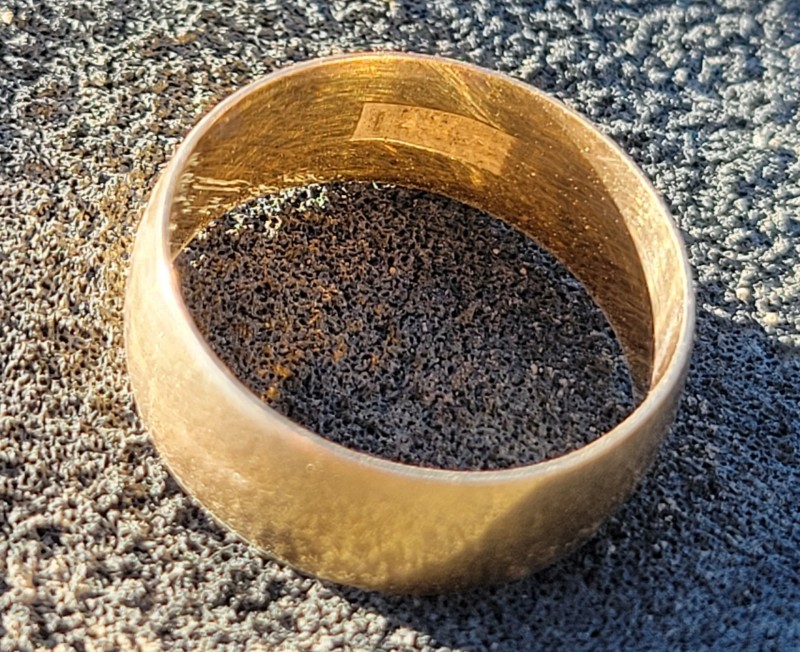
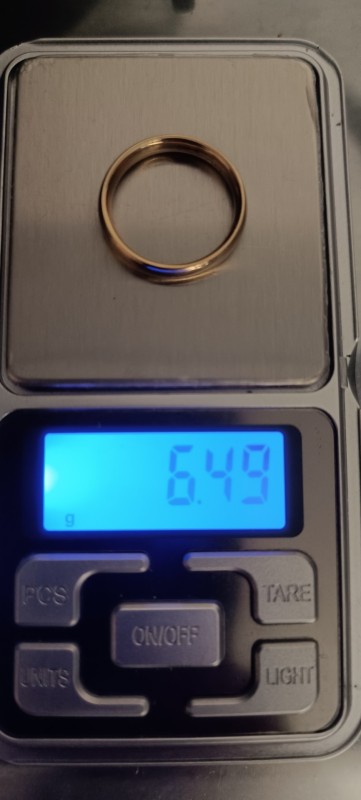
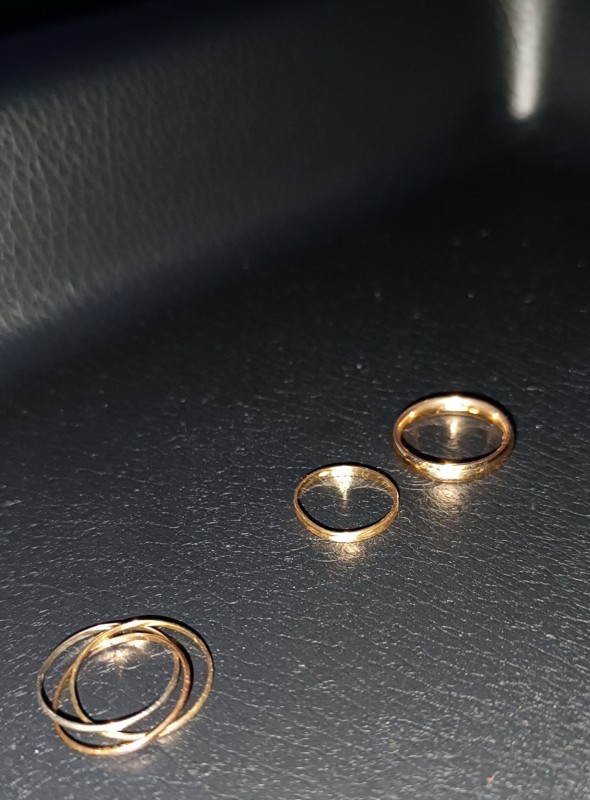
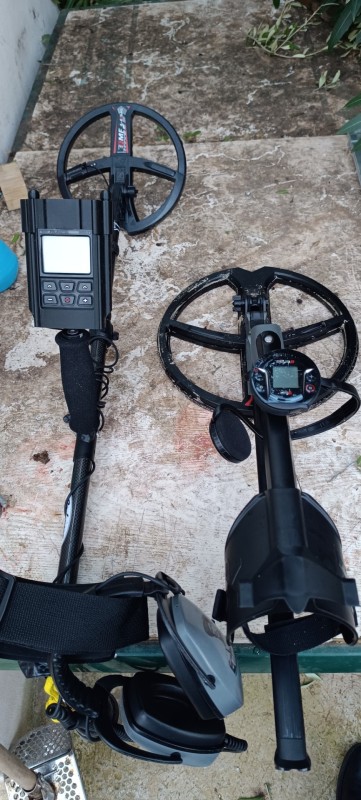
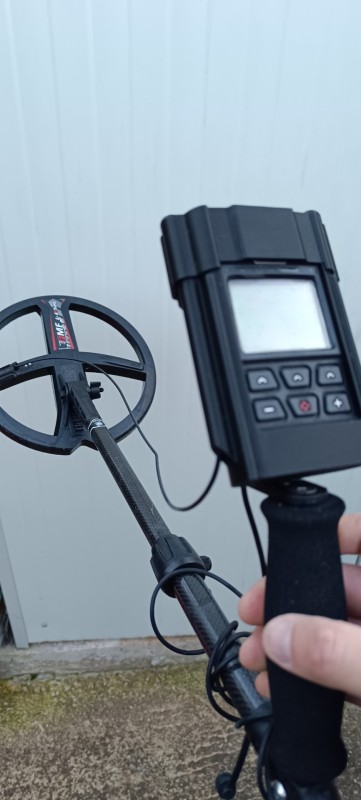
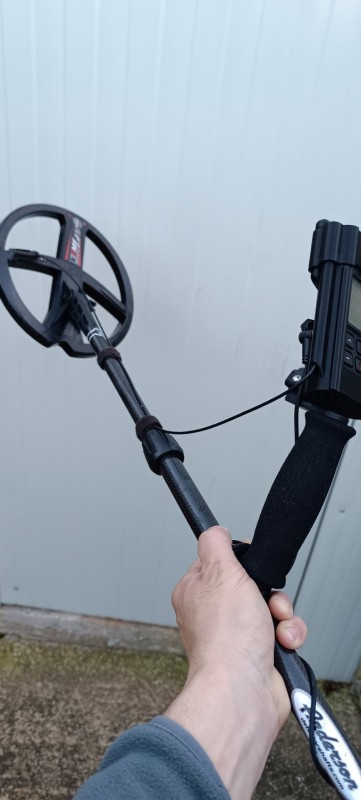
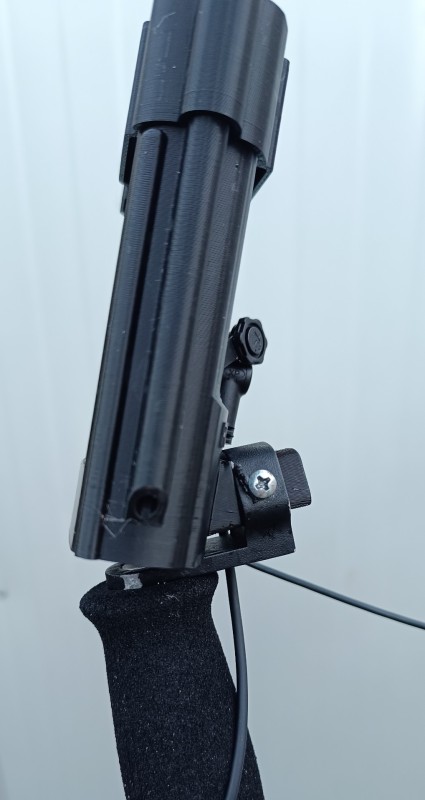
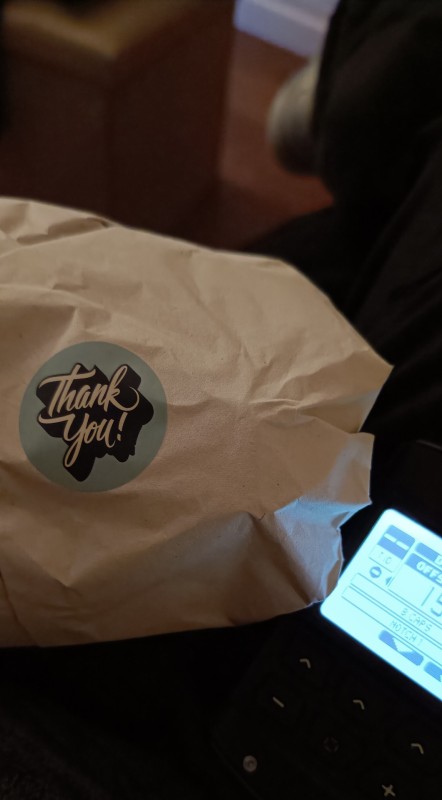
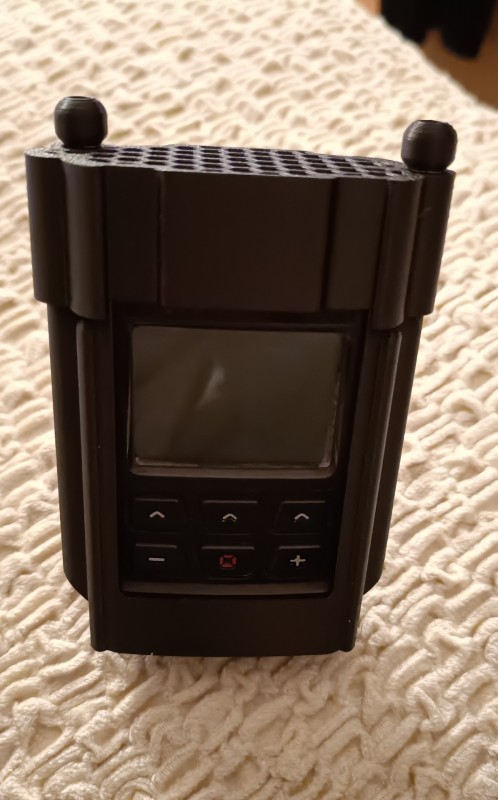
Too High Gold ID Problem
in XP Deus II Forum
Posted
Xy screen remains for me as a last option.
Poor visibility does not allow me to check the screen effectively.
I have been used to discriminating based on audio alone since 2005.
I have tried 4 square tones, pitch tone, full tones with minimal offset to keep signal peaks low, but it remains difficult not to dig high tones without thinking of losing gold.
I hope the graphic representation can give me at least an idea of the shape.
Regarding the Manticore, I am still strongly accustomed to the Ctx with which I really did record numbers in the past.
The dividing line of the nonferrous really echoes the discrimination pattern of the Ctx, and for now I would rule out buying it because of the limited depth at which to dive it.